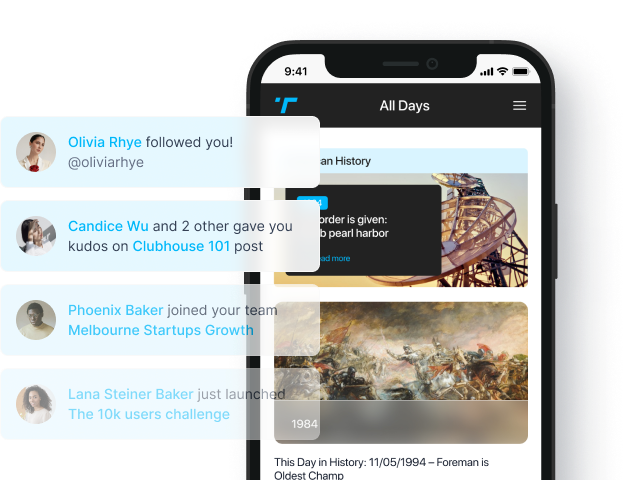Flashback to April 26
World History

Halley’s Comet Reaches 30th Perihelion: A Celestial Spectacle from the Past
On February 9th, 1986, the world witnessed a celestial event that occurs only once every 76 years – the 30th perihelion of Halley’s Comet. This rare occurrence captured the fascination and awe of both professional astronomers and amateur stargazers alike.
Halley’s Comet, named after the British astronomer Edmond Halley, is one of the most famous comets known to humanity. Its striking appearance and predictable orbit have made it a subject of fascination and observation for centuries. The comet’s last perihelion in 1986 provided a unique opportunity for scientists to study its characteristics and gather valuable data about comets in general.
Comets are icy objects that originate from the outer regions of the solar system. When they approach the Sun, the heat causes the frozen gases within the comet to vaporize, creating a glowing coma (a cloud of gas and dust) around the nucleus, as well as a characteristic tail that points away from the Sun. Halley’s Comet is particularly famous for its bright coma and long, beautiful tail.
During its 30th perihelion, Halley’s Comet came within a distance of approximately 46 million kilometers from the Sun. This close approach allowed scientists to study its composition and structure in greater detail. Researchers from all around the world gathered valuable spectroscopic and imaging data, enabling a deeper understanding of the comet’s chemical composition and physical characteristics.
In addition to scientific research, the 1986 perihelion of Halley’s Comet sparked widespread public interest and excitement. Amateur astronomers eagerly set up their telescopes and binoculars to catch a glimpse of this celestial marvel. Some even traveled to remote locations with dark skies for better viewing conditions.
Although Halley’s Comet is visible from Earth with the naked eye during its perihelion, the best views are often afforded by powerful telescopes. Professional institutions, such as observatories and universities, organized public viewing sessions and provided educational materials to help people learn more about comets and their significance in our understanding of the solar system.
The 1986 perihelion of Halley’s Comet also saw various space agencies taking part in the observation and study of this cosmic phenomenon. NASA, for example, sent the international spacecraft fleet Giotto to fly by the comet’s nucleus, capturing incredible close-up images of the coma and tail. This mission provided scientists with invaluable data on the composition and structure of comets, shedding light on their role in the formation and evolution of our solar system.
Halley’s Comet has a rich historical significance as well. It has been observed and recorded by many civilizations throughout history, including the ancient Chinese, Greek, and Roman astronomers. The comet’s appearance in the Bayeux Tapestry, an embroidered cloth dating back to the 11th century, is a testament to its impact on human culture and imagination.
While the 30th perihelion of Halley’s Comet in 1986 was a significant event, the comet itself continues to journey through space, and its next perihelion is expected in 2061. Until then, astronomers and stargazers eagerly await the next opportunity to witness this extraordinary celestial event.
the 1986 perihelion of Halley’s Comet was a remarkable event that captured the attention and curiosity of people worldwide. It provided scientists with valuable data about comets, deepened our understanding of the solar system, and inspired amateur astronomers to marvel at the wonders of the universe. Even though this event occurred over three decades ago, its significance and impact continue to resonate among those who witnessed the beauty and grandeur of one of nature’s most extraordinary spectacles.
We strive for accuracy. If you see something that doesn't look right, click here to contact us!
Sponsored Content

Austrian Jews required to…
In an alarming event…

26.9 degrees C in…
On April 26, 1994,…

The Gestapo, the official…
On April 26, 1933,…

Jean Demoor, Belgian physician/physiologist/educationalist,…
On 4/26/1941, Jean Demoor,…

United States Marines captured…
On 4/26/1805, United States…

Potatoes rationed in Holland.
On 4/26/1941, Holland implemented…

